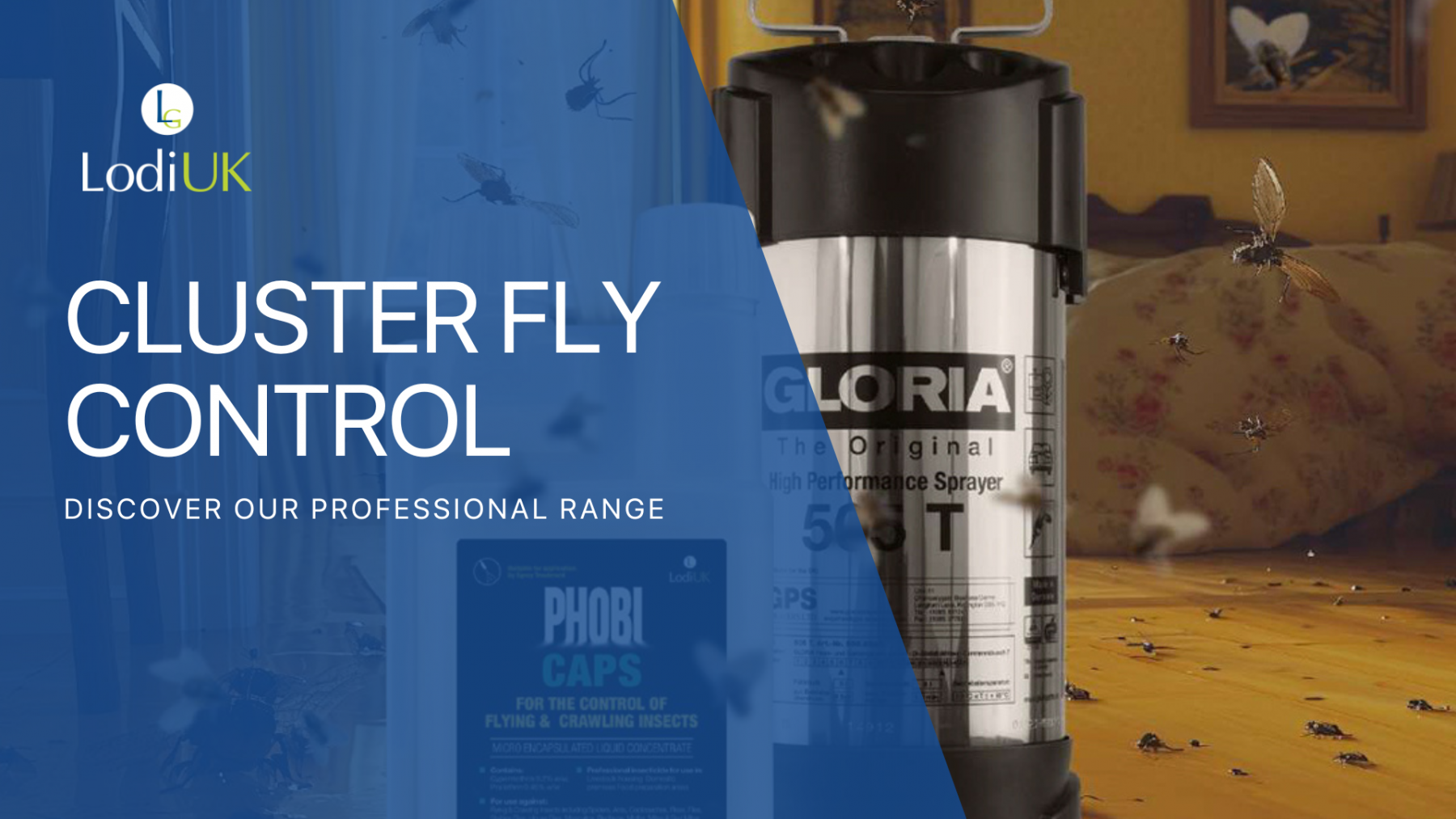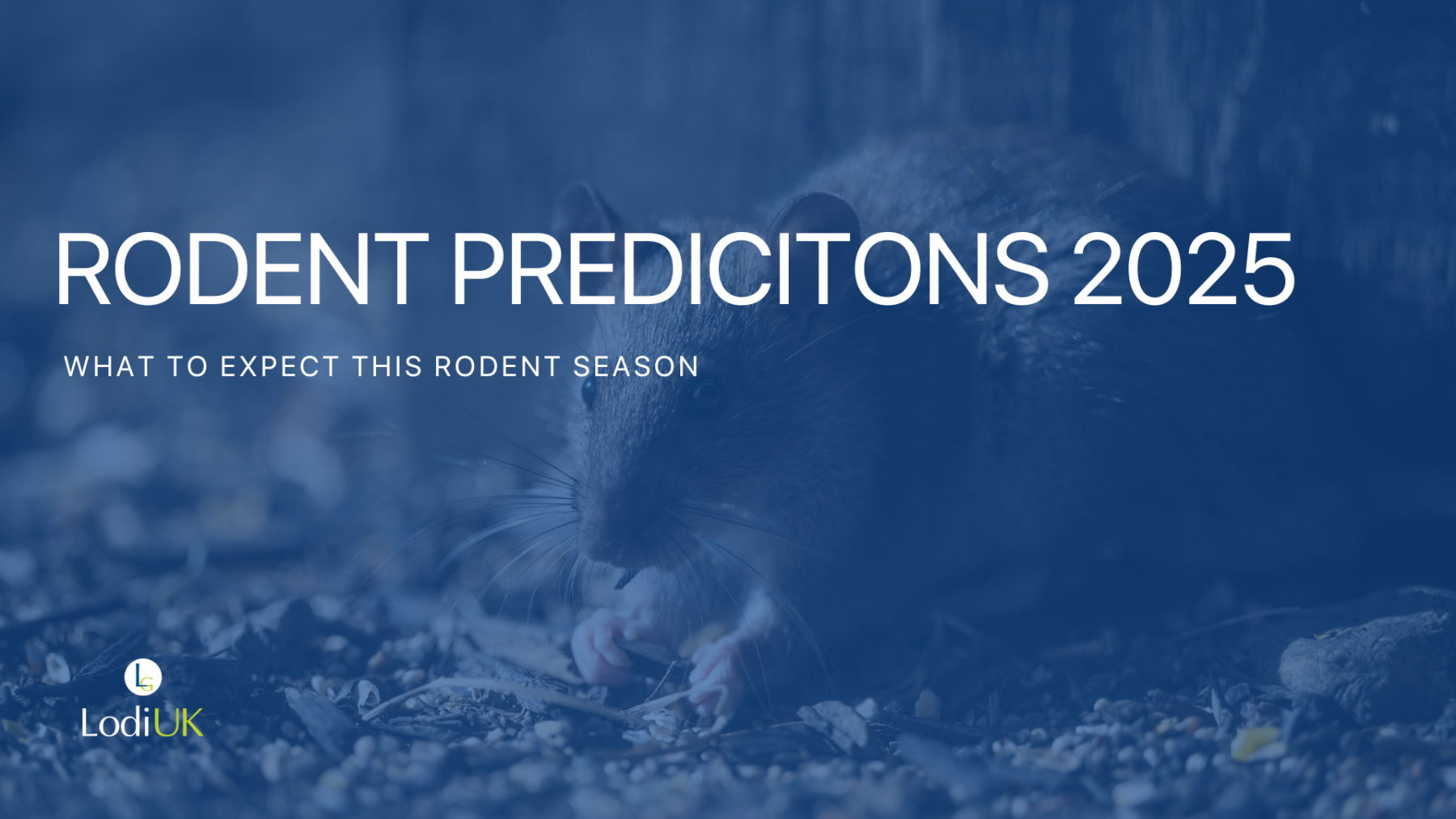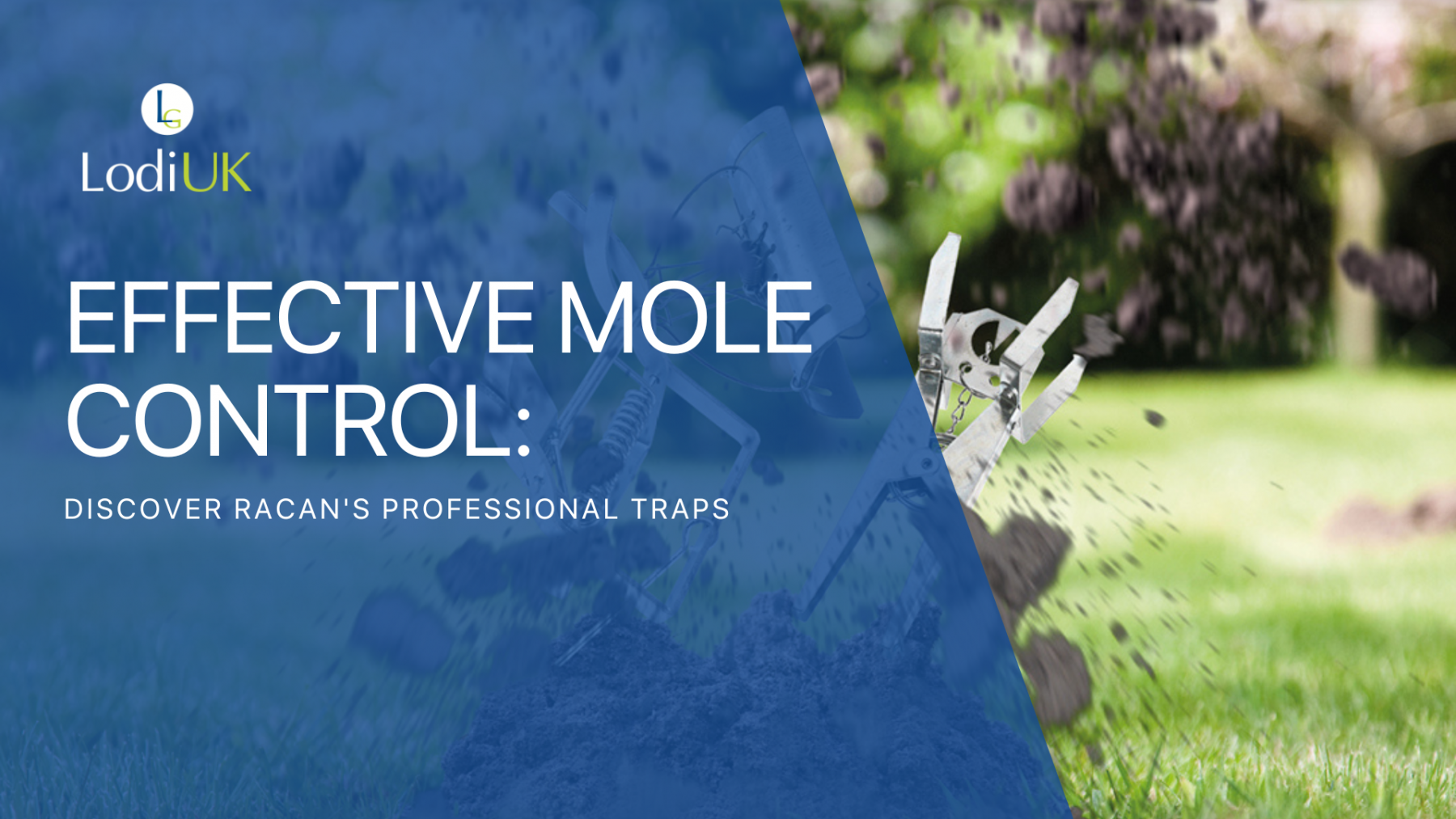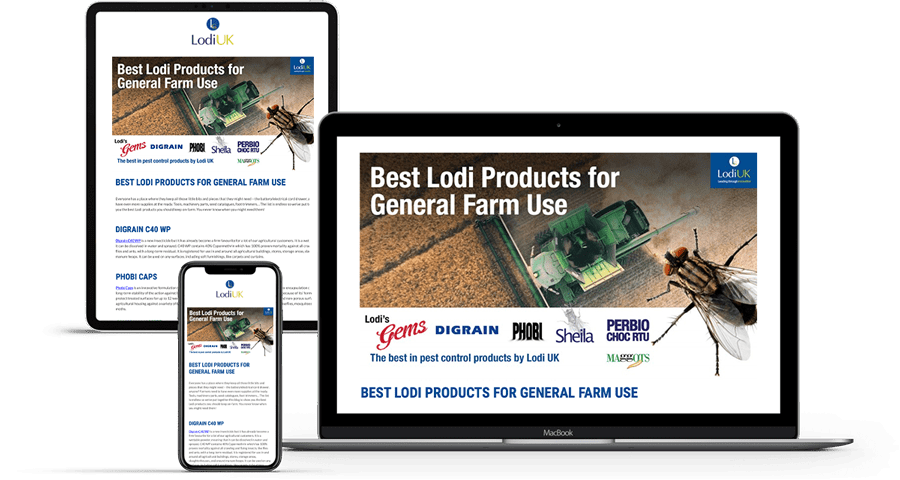
Cluster flies (Pollenia rudis) are more than just a seasonal nuisance—they represent a persistent challenge for pest control professionals. Known for their affinity to overwinter in warm, enclosed spaces such as lofts and attics, these insects often provoke calls from clients perplexed by sudden infestations. Below, we discuss the biology, behaviour, and effective control measures, offering insights tailored for experienced pest controllers.
Understanding the Cluster Fly Lifecycle and Behavior
Cluster flies differ from houseflies in that they do not reproduce indoors. Instead, they develop as parasites of earthworms during their larval stage. Adults emerge in late summer and seek shelter in autumn. Key to their success is their ability to locate and infiltrate small cracks and crevices, allowing them to overwinter in significant numbers.
Cluster fly infestations often peak when outdoor temperatures drop, triggering their search for warmth. Studies show that cluster flies are phototactic, gravitating toward light sources, which explains their congregation near windows during warm winter days. This behaviour provides a tactical advantage when planning control methods.
Effective Treatment Methods for Cluster Flies
To combat cluster flies effectively, pest controllers should adopt a multi-faceted approach that addresses the infestation's root causes and lifecycle.
Residual Insecticides: For immediate control of visible flies, residual insecticides containing pyrethroids are highly effective. Products like Perbio Choc RTU have demonstrated exceptional knockdown power, killing flies on contact while providing lasting protection for up to 12 weeks. Application to attic spaces, loft voids, and other high-activity areas ensures continued efficacy.
Space Treatments: Fogging or ULV (ultra-low volume) treatments using insecticides such as Phobi F&F or similar formulations can rapidly reduce large populations. These methods are especially beneficial in confined spaces where cluster flies are highly concentrated.
Why Regular Monitoring is Crucial
Monitoring and maintaining vigilance against cluster fly activity are essential, particularly in regions where infestations are recurrent. Using fly detection devices, such as glue boards or light traps, can aid in tracking fly numbers over time. These devices are also invaluable for identifying entry points and high-activity areas.
The Role of Climate
The unpredictable nature of British weather plays a significant role in cluster fly populations. Warmer winters can prolong their activity indoors, while cold snaps drive more flies into sheltered spaces. Pest controllers should anticipate these trends and adjust treatment schedules accordingly. Regular communication with clients about seasonal activity patterns fosters trust and ensures preparedness.
Closing Thoughts
For pest controllers, staying ahead of cluster fly infestations requires an understanding of their biology and behaviour, coupled with the use of advanced tools and techniques. With the right products and strategies, pest professionals can provide effective, sustainable solutions to even the most challenging infestations.
By incorporating products like Lodi UK's Perbio Choc RTU and employing preventative measures, pest controllers can confidently manage cluster fly problems year-round. For more details on effective products and strategies, visit Lodi UK's professional resource hub
RELATED DOWNLOADS











